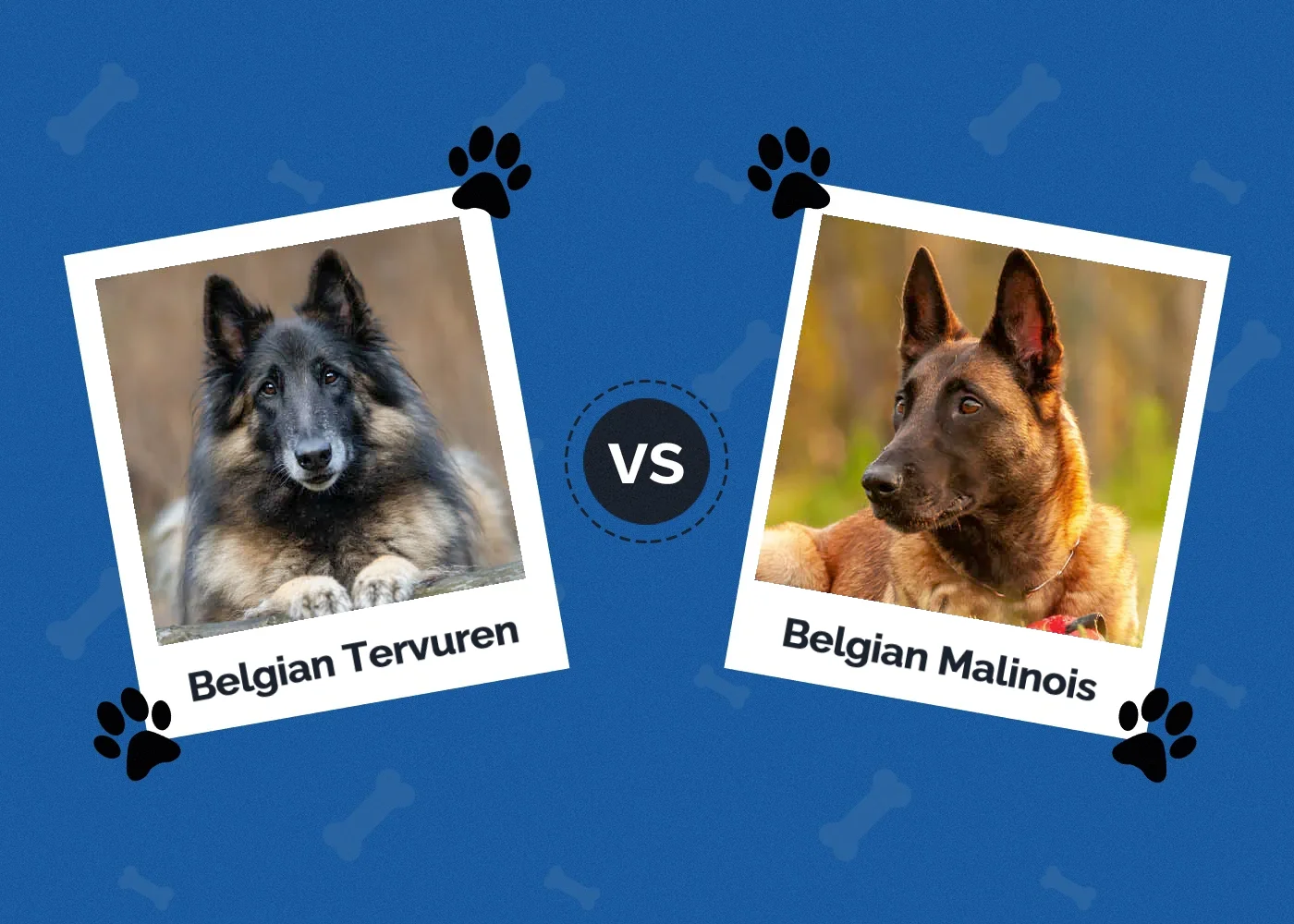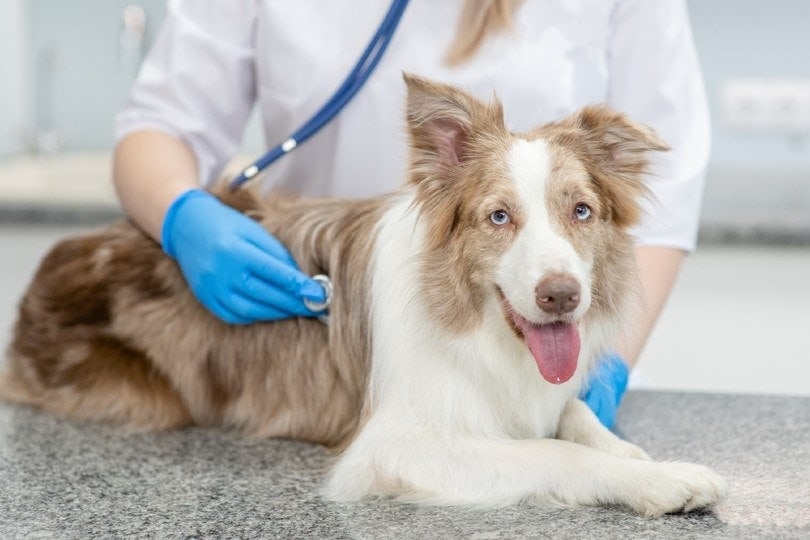Is Dry Dog Food Bad for My Dog? Vet-Reviewed Pros & Cons
Updated on
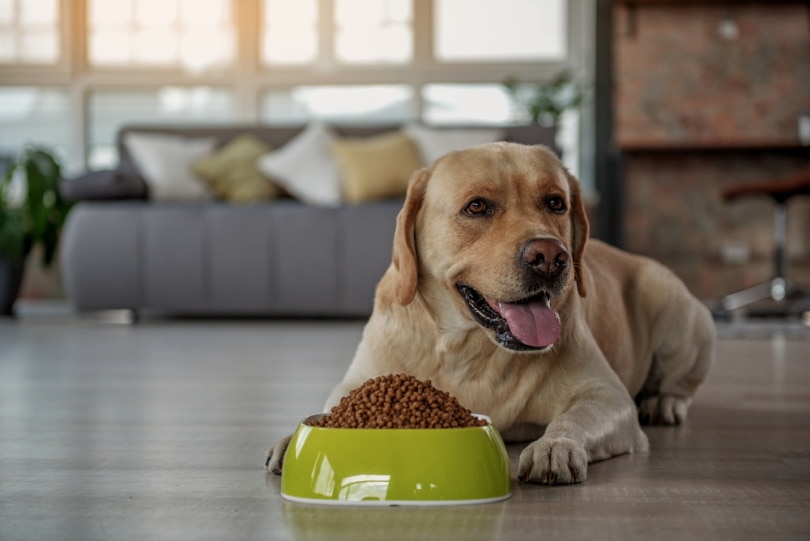
Click to Skip Ahead
What you feed your dog is extremely important. Our dogs are what they eat, and they cannot be healthy if they are fed unhealthy food. Therefore, it is common for dog owners to spend a lot of time figuring out what to feed their dogs.
Sadly, there are a lot of misconceptions out there. Each dog food company is trying to get owners to purchase their food, so it isn’t uncommon for advertisements to be downright untruthful or misleading about what is the best option for our canine.
Whether or not dry dog food is bad for dogs can be complicated. You’ll hear lots of arguments for and against dry dog food. Sadly, there isn’t a lot of science to back up either argument. We’ll take a look at both sides of the aisle to help you determine if a dry dog food is the best option for your dog.
Possible Downsides of Dry Dog Food
1. Contamination Risk
There is always a risk of contamination with dry dog food. Sadly, it appears that many dry dog foods are contaminated with mites and bacteria, which can potentially harm your dog. While most dogs can handle these small contamination issues just fine, it is a particular problem for dogs that are already prone to sickness.
However, this risk will be present in any packaged food—not just kibble.
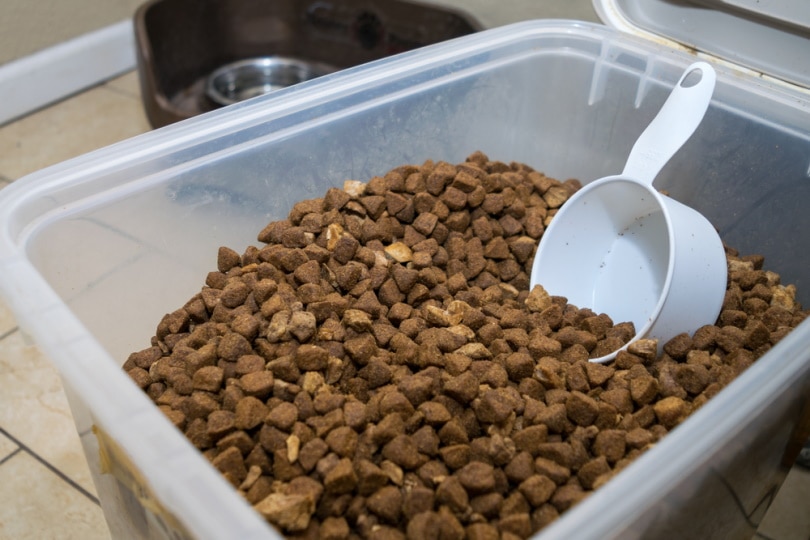
2. Stale
Dry dog food can go stale, which many owners don’t realize. It can be difficult to tell if kibble is “bad” or not without tasting it, and most of us do not randomly taste our dog’s food!
Usually, stale kibble isn’t a problem. However, some kibble may contain ingredients that can go rancid when left out, such as animal fats.
3. Highly Processed
Kibble is extremely processed. These are created using a process called “rendering,” which uses high temperatures and pressures to convert animal tissue into a stable material, also known as meat meals. The repeated high temperatures of ultra-processing result in the creation of large numbers of byproducts, such as advanced glycation end products, chemical compounds that have been linked to disease.

4. Low Moisture
One of the biggest problems with dry dog food is that it is lower in moisture content. Therefore, it may cause dogs not to consume enough water throughout the day, which can be a problem. However, many dogs are very good at drinking to their thirst level, so most dogs won’t get dehydrated just because they eat kibble.
However, if your dog needs to consume more water due to a health condition, switching them to wet food isn’t a bad choice.
Possible Upsides of Dry Food
1. Convenience
It doesn’t get much more convenient than kibble. For dog owners that are on the go, kibble may simply be the easiest thing for them to give their dogs. Plus, when a high-quality kibble is chosen, dogs may be getting a much higher-quality diet than if their owners rushed and tried to throw together a homemade meal for them.
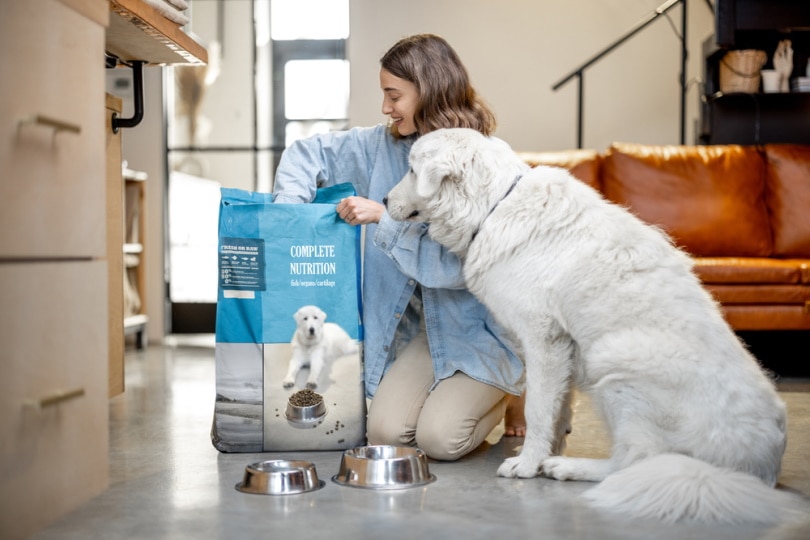
2. Wide Variety of Options
There are tons of kibble options out there. If your dog needs a very specific diet, then you’re much more likely to find it in kibble form. You can find just about any type of dog food as a kibble, which makes it much easier to give your dog exactly what they need.
However, this does mean that you need to research all the different kibble options and choose the best one for your dog.
3. Nutritionally Complete
Quality dog foods meet AAFCO standards, which means that they provide everything your dog needs to thrive. Most dry dog foods are complete and balanced, though it is important to ensure that the AAFCO label is on the package. This way, you can feed your dogs most kibbles without worrying about them becoming deficient in a vitamin or mineral.
This differs from feeding a dog homemade food, which requires time to find the right formula, shop for ingredients, prepare the meal, store the leftovers, and serve them within a few days. With most kibbles, this isn’t a concern.
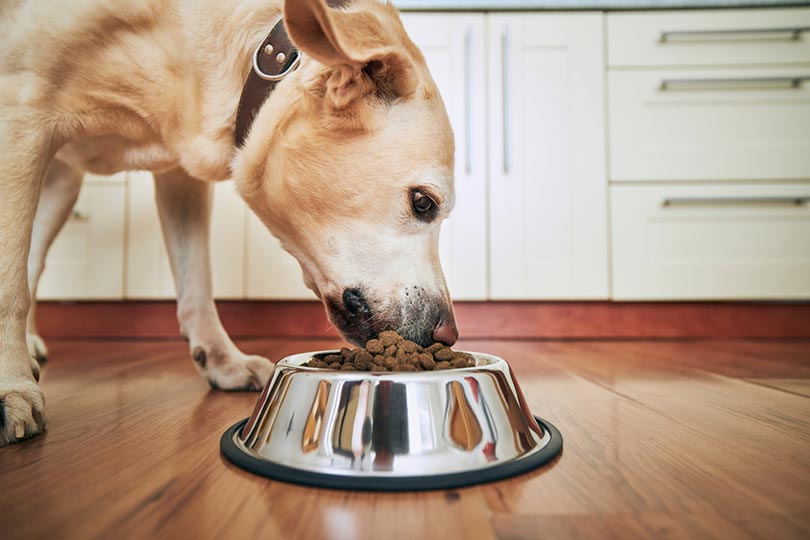
4. Inexpensive
Kibble is generally cheaper than other types of food. Therefore, owners can usually feed their dog a high quality kibble for the same price as a so-so version of another food type. In this way, dogs usually get a better-quality diet when given kibble.
While everyone would love to feed their dogs the highest-quality fresh food on the shelf, this isn’t always a possibility.
Is Dry or Moist Food Better for Dogs?
Wet food tends to be more high quality than dog food. It usually has a higher meat content and is easier to digest. However, wet food is also usually more expensive. For the same price as wet food, you may be able to find your dog higher-quality dry dog food.
Generally, feeding high-quality wet food or dry food to your dog is better than feeding them a so-so version of any food. Therefore, it is recommended that you pay attention to the ingredients and formula over the type of food.
With that said, some dogs simply do better on wet food (or dry food). In this case, you likely want to feed your dog whatever sits on their stomach better. Certain health conditions may also make it vital to feed your dog a particular type of food.
Why Do Vets Recommend Dry Dog Food?
Most vets recommend dry dog food for many of these reasons. Often, you can find a wider range of diets in kibble form, making it easier to find foods suitable for different diseases. Also, kibble is widely available, so vets become familiarized with certain products. Also, dry dog food is simply a better value, price-wise, than most other types of food.
Many vets also claim that dry food keeps your dog’s teeth healthier. However, the science on this is a bit mixed, and more studies are necessary.

Conclusion
In a perfect world, everyone would feed their dog carefully mixed and formulated fresh dog food. However, this isn’t possible for most people (and fresh dog foods can be nutritionally incomplete if not formulated by a professional, anyway). Therefore, dry dog food is often the easiest choice for most dog parents.
Kibble also tends to be cheaper, so owners can afford higher-quality diets, and it’s convenient and enables dogs to be fed quality food quickly. With more kibble varieties, it is easier to find what your dog needs.
With that said, kibble isn’t always the best option. Some dogs may simply stomach wet food better, or you may be able to afford the best-of-the-best fresh food. The specifics of your situation should be considered when choosing your dog’s food.
See also:
- How to Tell if Dry Dog Food is Bad – 9 Things to Look For
- How to Tell If Wet Dog Food Is Bad: 7 Vet Reviewed Signs
Featured Image Credit: Olena Yakobchuk, Shutterstock




